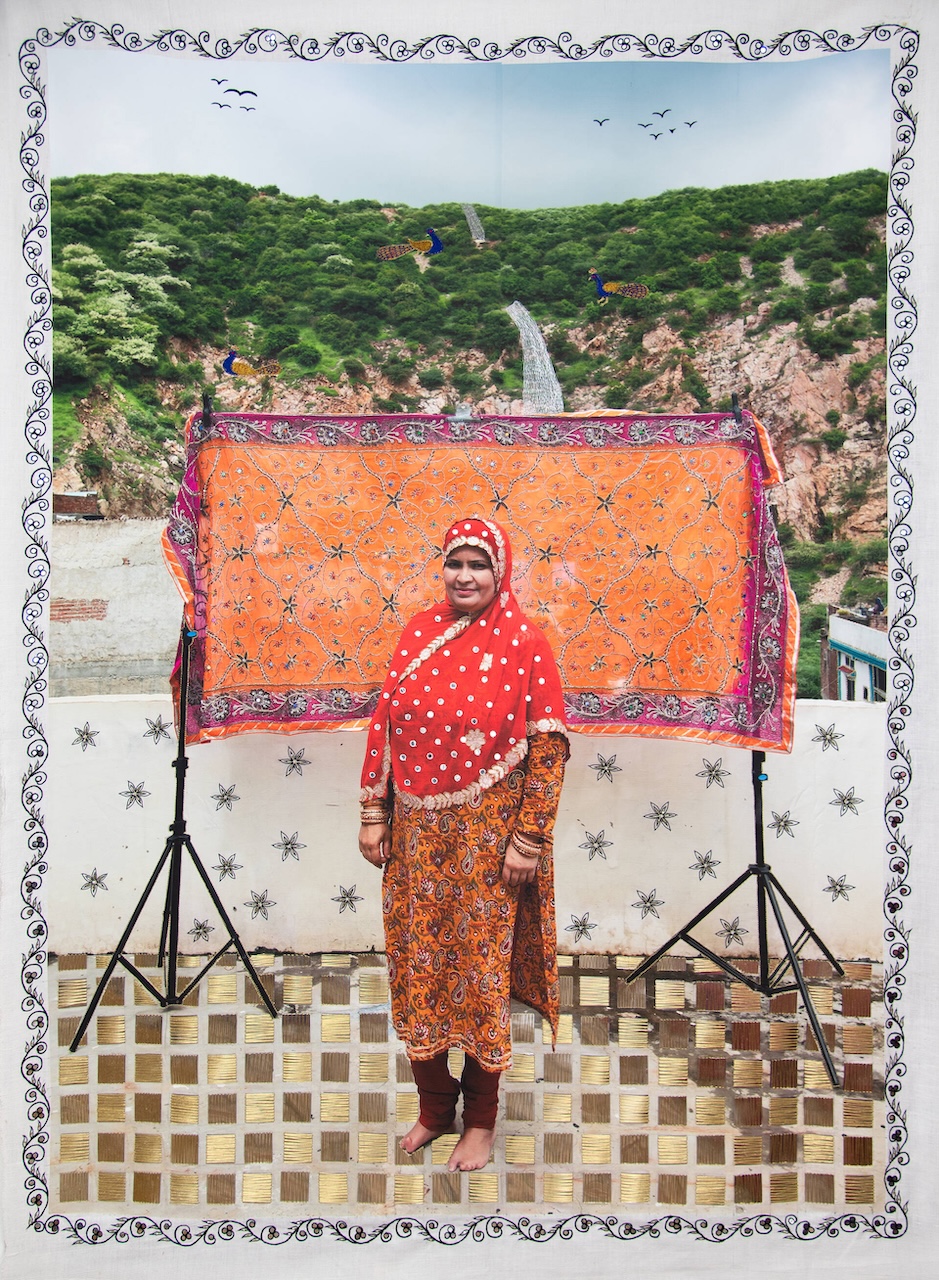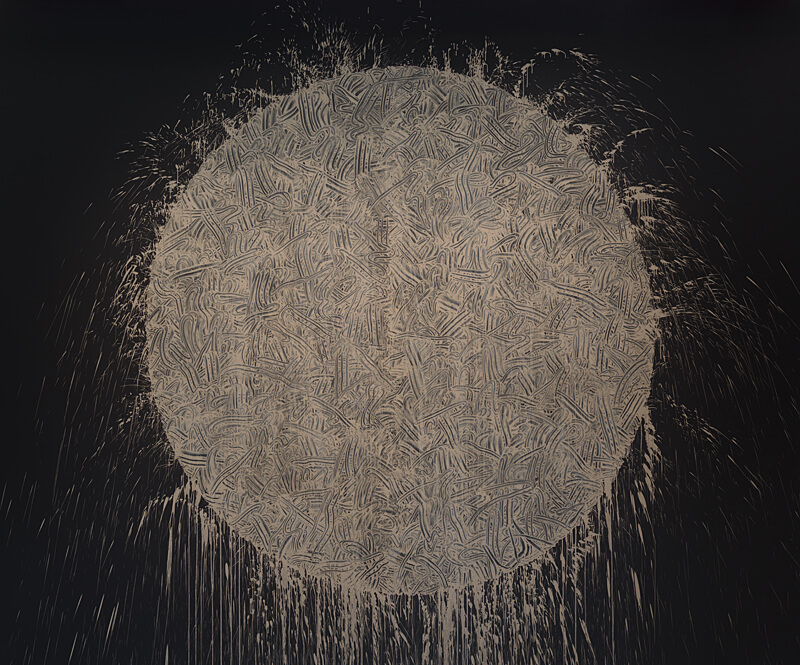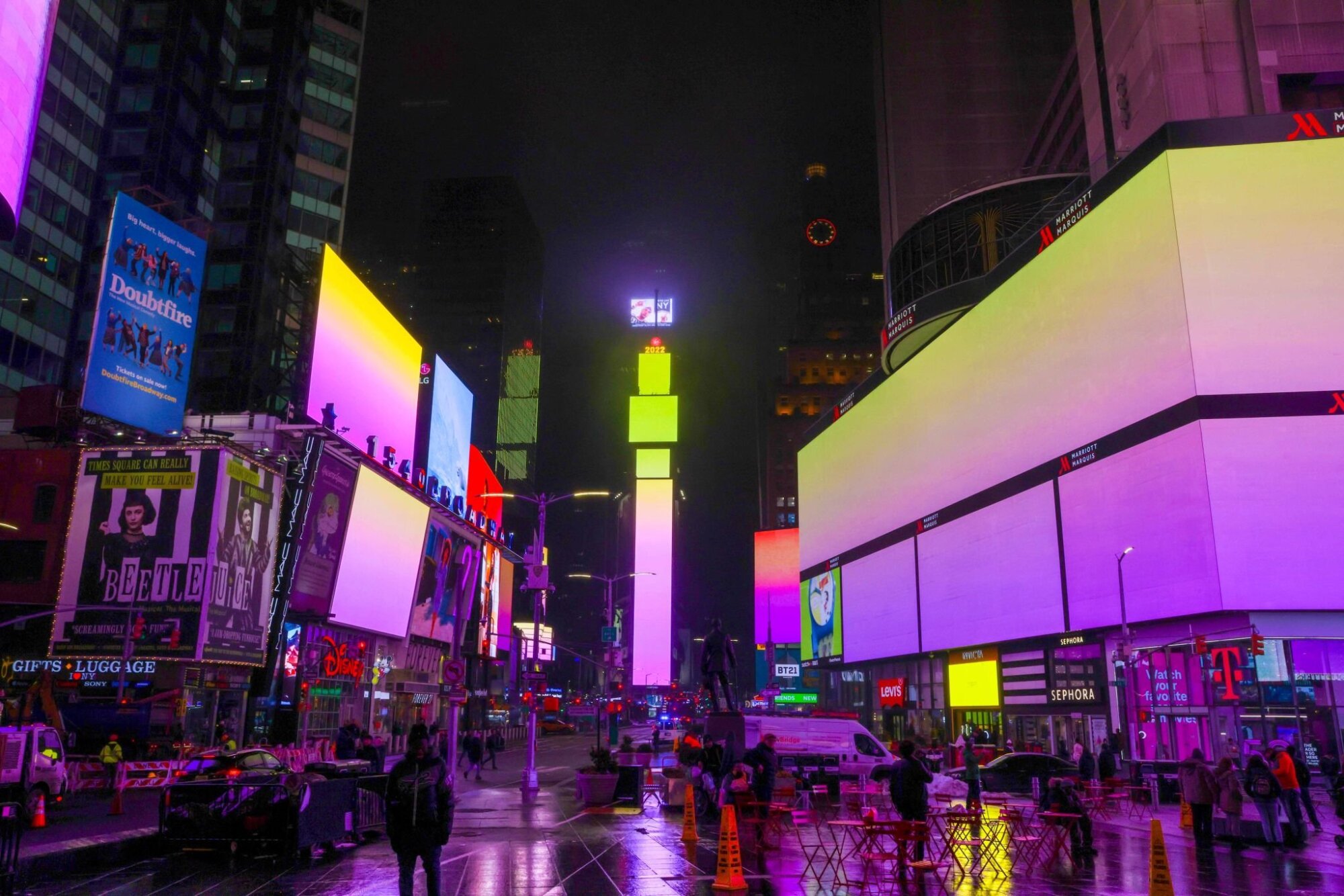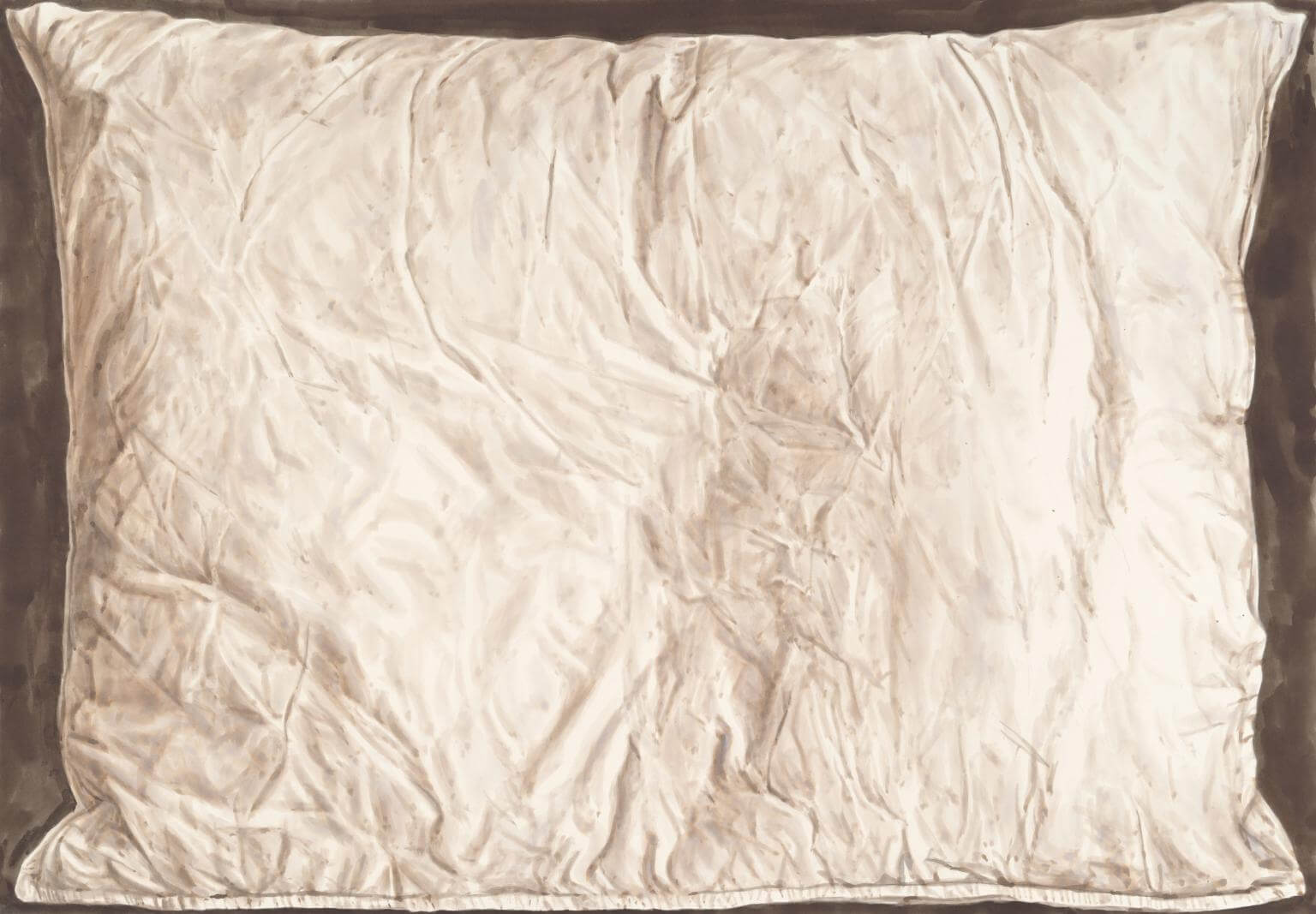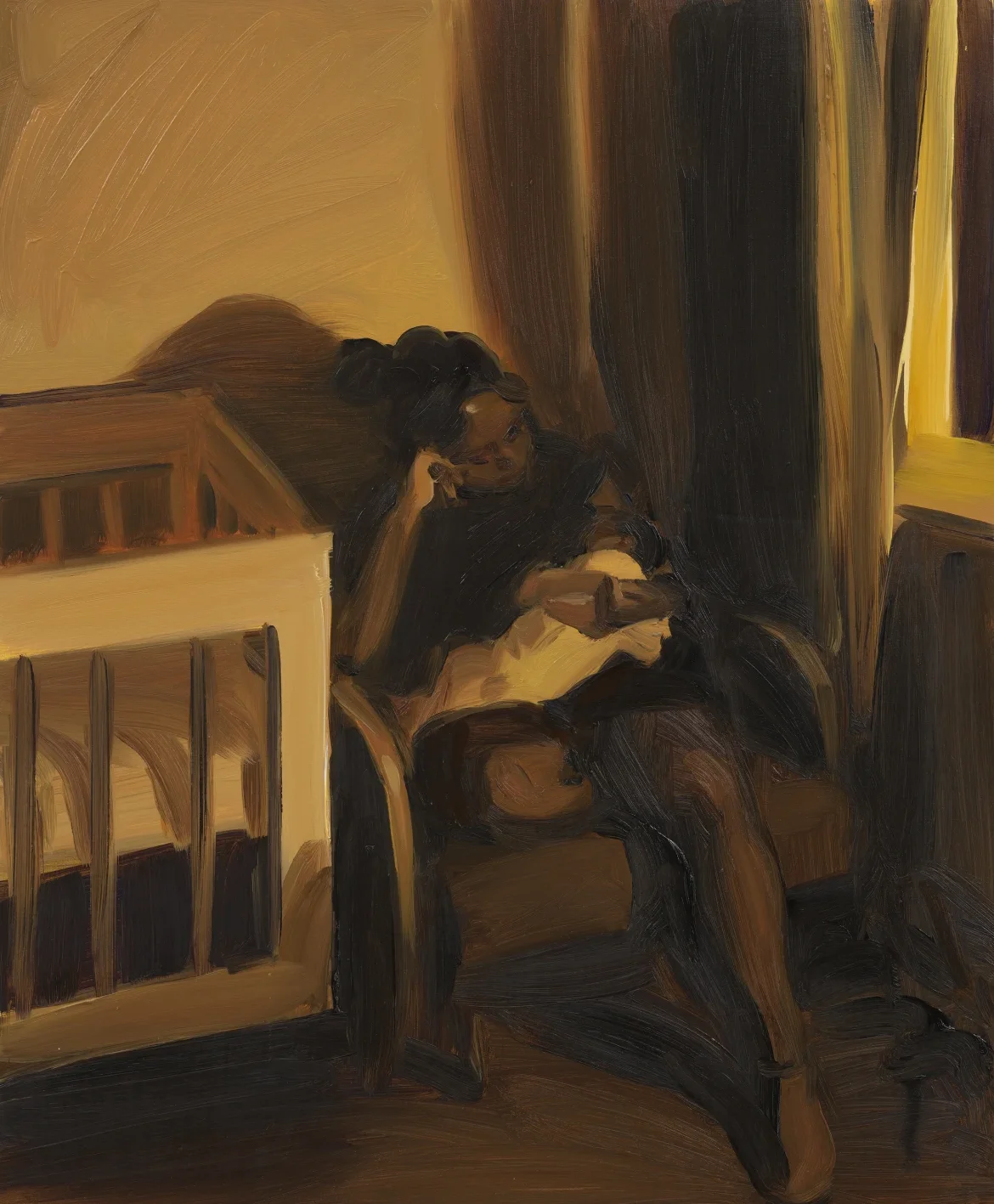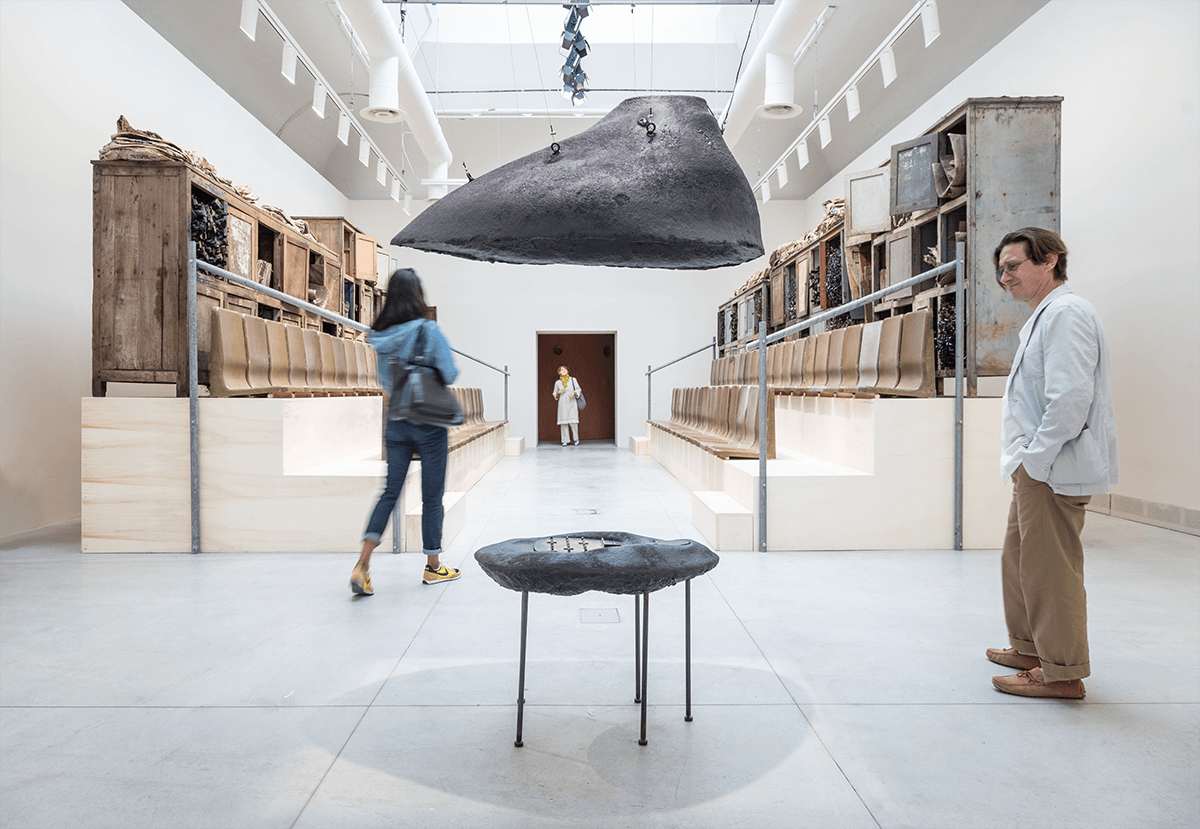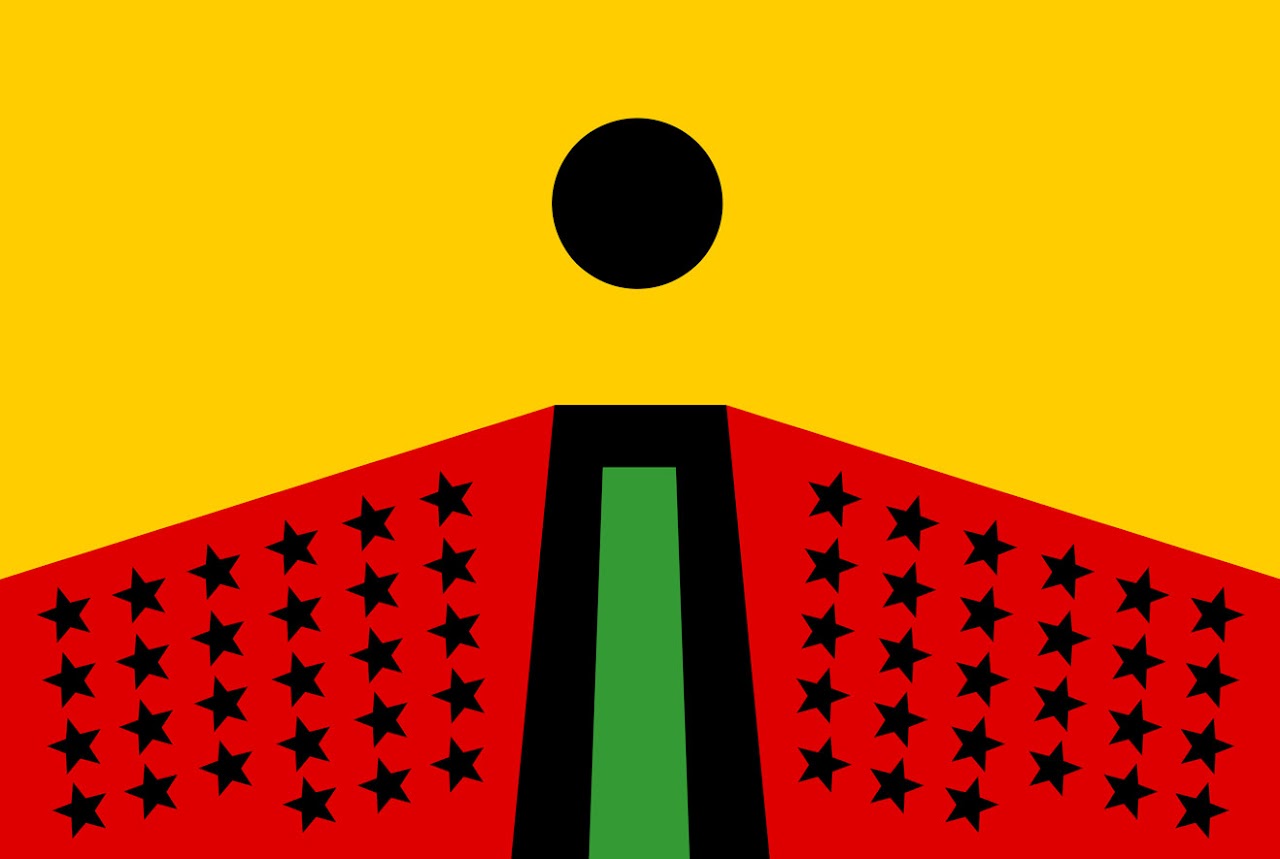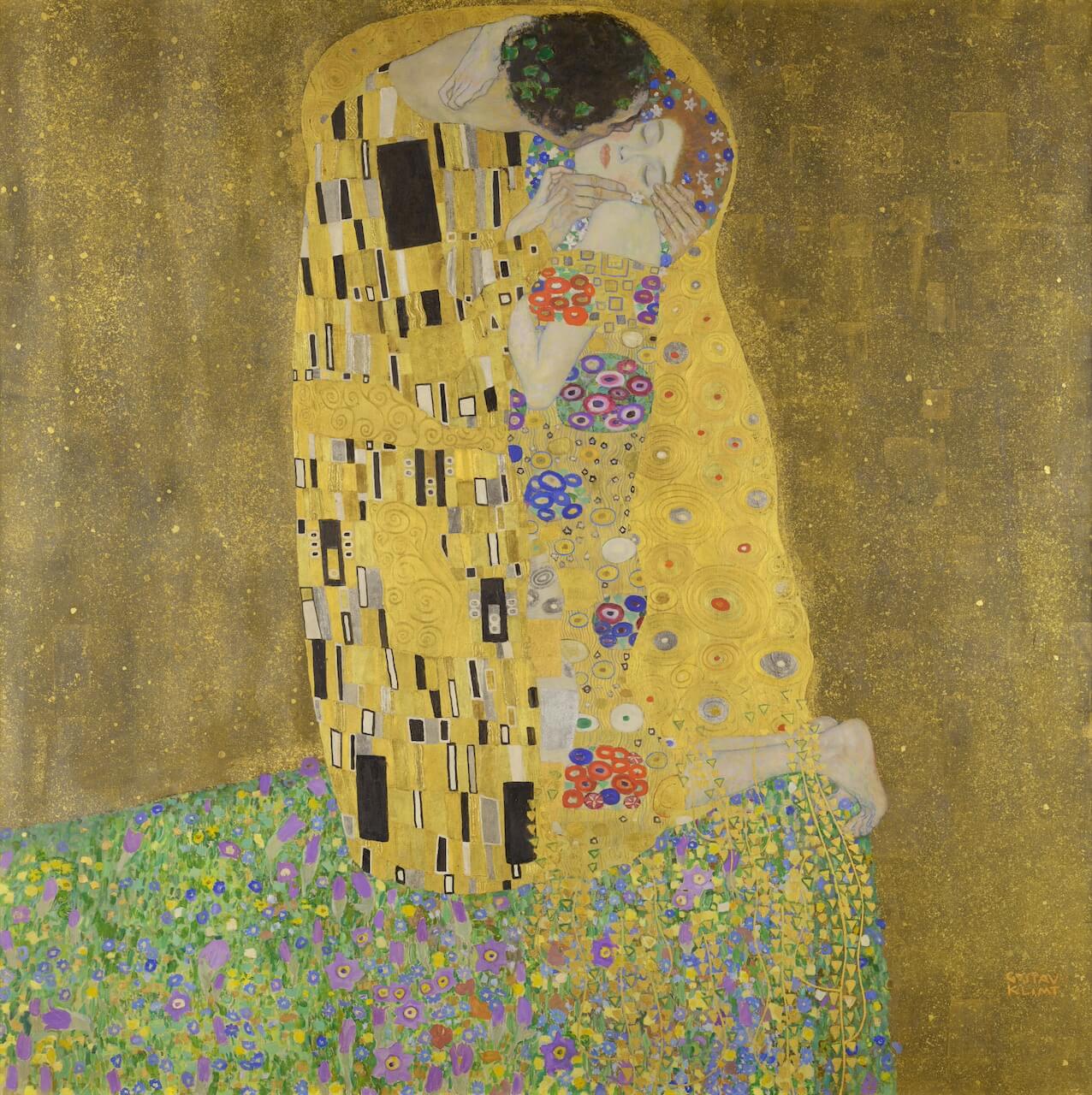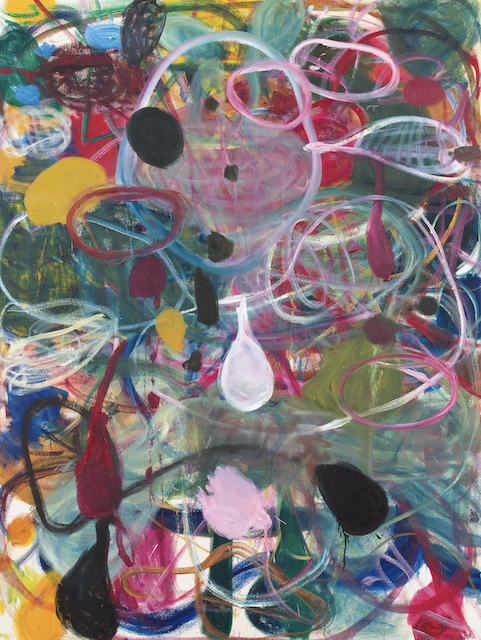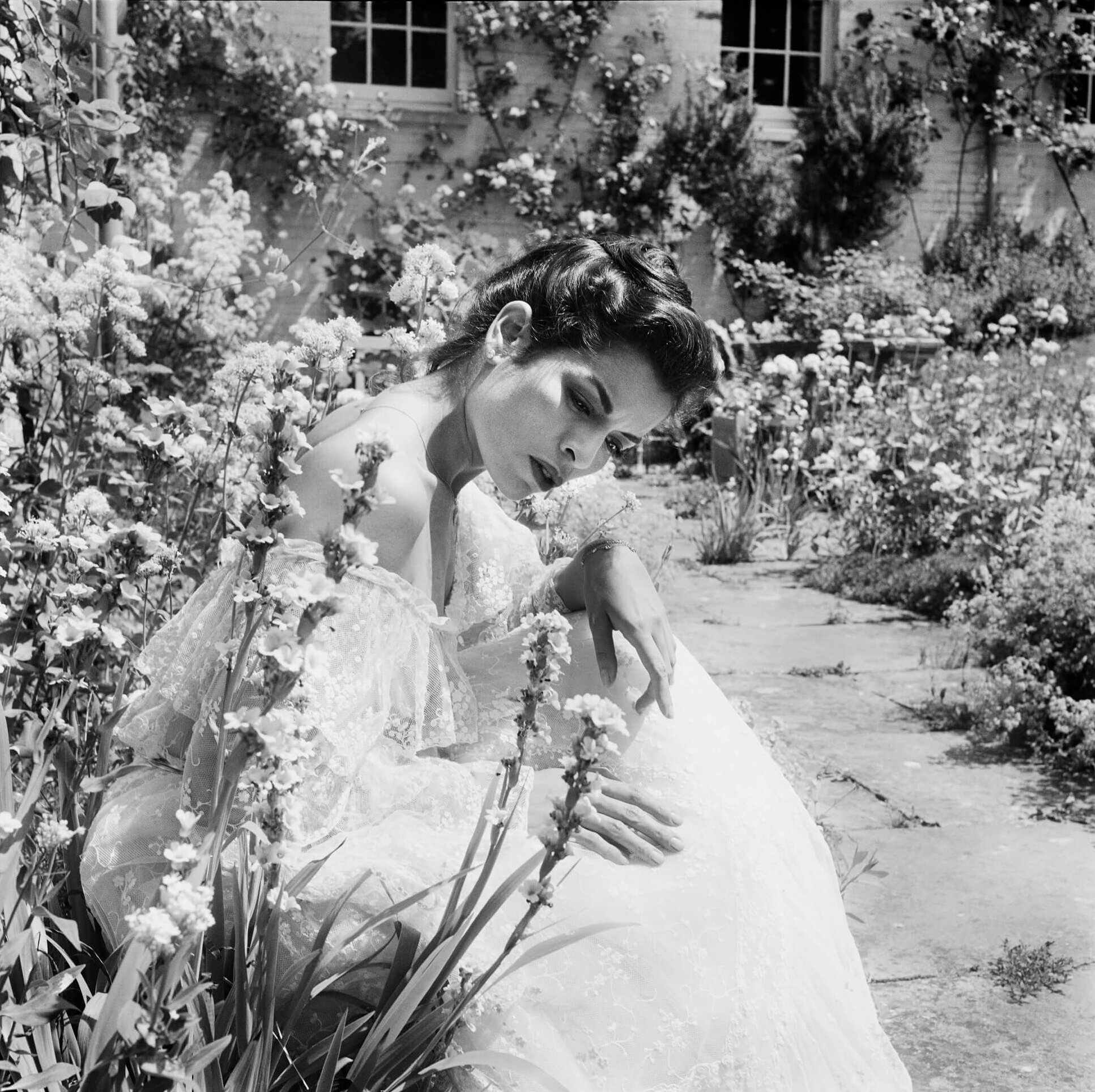
Dream, Bianca Jagger, 1978, by Cecil Beaton
Beaton today is also known for the portraits and fashion photographs he made in the 1960s and 1970s – many of them taken at, or using floral designs he created from his gardens at Ashcombe House and Reddish House – the 18th century manor Beaton transformed in the village of Broad Chalke, Wiltshire. A new exhibition at the Garden Museum explores Beaton’s ongoing fascination with horticulture in his life and work. The display includes this spectacular black and white portrait of Bianca Jagger taken in Beaton’s gardens at Reddish in 1978, wearing a sumptuous Zandra Rhodes lace dress. Jagger appears in several portraits by Beaton, a shoot that would become one of his most iconic, capturing the mood of an era while creating an image of timeless elegance and beauty that endures to today.
